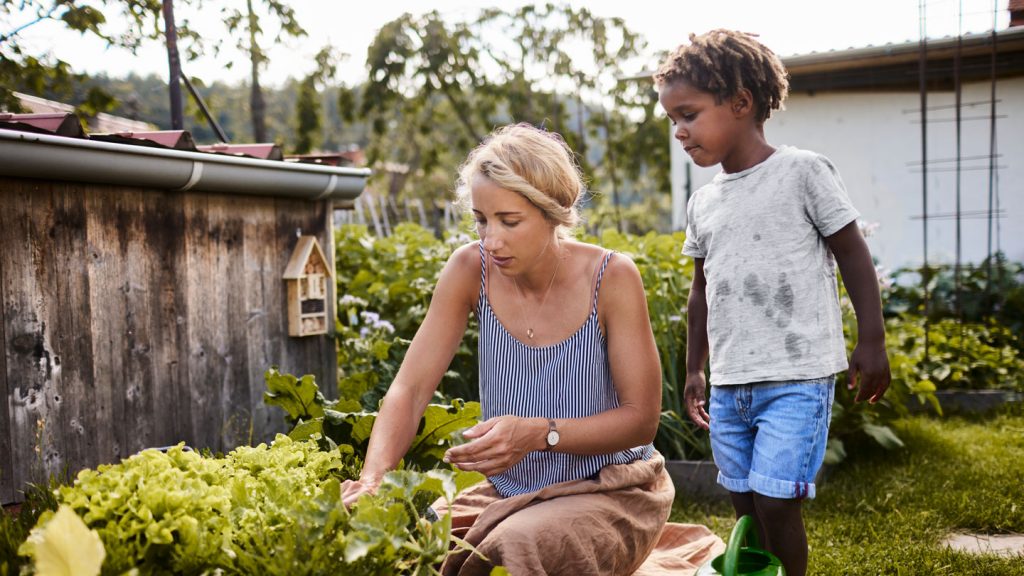With our planet’s climate changing rapidly, readers have many questions about how to navigate extreme weather events caused by increasing temperatures. In particular, researchers are studying how rising temperatures affect crop yields, with even small increases significantly impacting plants like rice and wheat. Signs of heat stress in plants can include drooping leaves, slower growth, burning on leaves, smaller fruits, and failed pollination. As temperatures continue to rise, plants must adapt to prevent damage to essential proteins and cell membranes, ultimately spending more energy on survival.
To combat the challenges posed by climate change, researchers are developing new plant varieties through genome-assisted breeding. By analyzing a plant’s genetic code, scientists can identify desirable traits and make crosses more efficiently. Utilizing techniques like genetic modification and gene editing with tools like CRISPR/Cas9, scientists have been able to create climate-friendly varieties of popular crops like strawberries, tomatoes, and potatoes. While these cutting-edge tools are currently costly and primarily used by large-scale operations, costs are expected to decrease in the future.
One way to ensure crop success in changing climates is to source locally adapted plants, particularly from Indigenous communities who have developed centuries-old techniques for growing heat-tolerant varieties. For example, the ‘three sisters’ method involves planting beans, corn, and squash together in a mutually beneficial arrangement. Covering soil with straw or mulch, using shade cloth, and watering deeply but infrequently can also help plants thrive in higher temperatures and low water availability. Gardening under climate change requires a more hands-on approach, with a focus on providing plants with the necessary support to adapt to changing conditions.
Record-breaking temperatures in 2023 prompted changes to the USDA plant hardiness zone map, reflecting the warmer winter temperatures experienced globally. Researchers have identified specific genes in plants that contribute to traits like drought tolerance, allowing for modifications that increase crop resilience to harsh conditions. While many edited crops are currently only available to large operations, the decreasing costs of these technologies suggest more options will soon be accessible to consumers. Through a combination of traditional breeding, new technologies, and local adaptations, researchers and gardeners alike are working to develop plant varieties that can thrive in a rapidly changing climate.
In the face of rising temperatures and more frequent extreme weather events, understanding how to adapt crops to changing climates is of utmost importance. Researchers are focusing on identifying genetic markers that contribute to heat and drought tolerance in plants, allowing for more efficient breeding methods. By combining traditional techniques with cutting-edge tools like genetic modification and gene editing, scientists are developing plant varieties that can withstand the challenges posed by climate change. Additionally, sourcing locally adapted plants and utilizing proven methods like the ‘three sisters’ planting technique can help gardeners increase the resilience of their crops in the face of changing environmental conditions.


